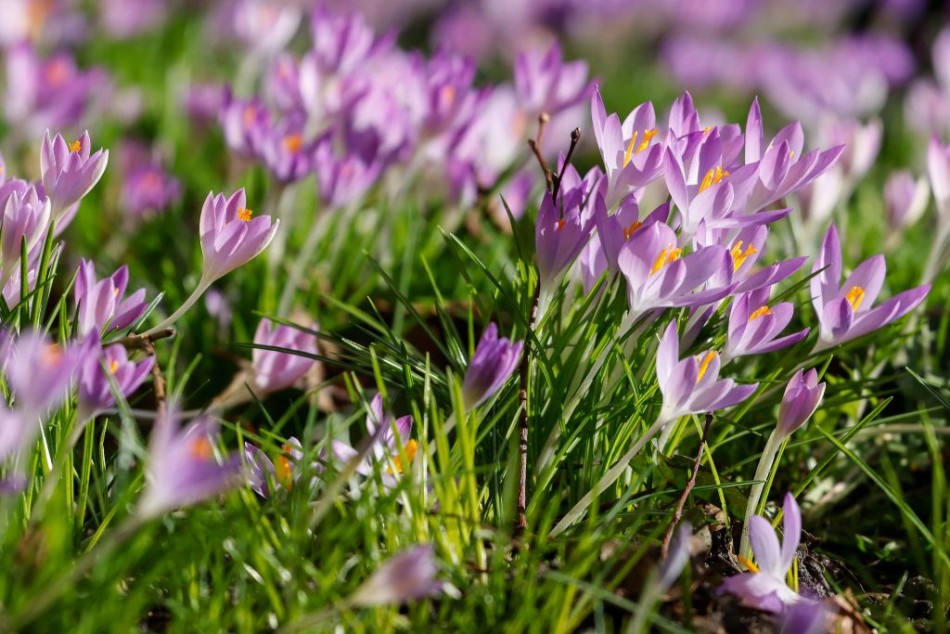Reverse Seasonal Depression: How to Manage SAD in the Springtime

Reverse seasonal depression is a type of depressive condition that happens when the season changes, but it may strike during the spring or summer, instead of the bleak winter when people commonly have Seasonal Affective Disorder or SAD.
Some 10 percent of people with a confirmed diagnosis for SAD experience the disorder in reverse, wherein their depressive condition takes a foothold at the start of the spring months while their sadness is less severe for the rest of the year. The National Institutes of Mental Health said that the rate of suicides in the U.S. peaked during the springtime, leading some experts to conclude that reverse seasonal depression might be more common than perceived.
Read Also: Ayesha Curry Lost Years of Her Life Due to Undiagnosed Postpartum Depression
Signs and Treatment of Reverse Seasonal Depression
SAD impacts people in different ways but those who experience this condition in the springtime might generally feel down, with a nagging feeling of hopelessness. While spring might be a time for rebirth and rejuvenation, when everything's coming up roses, a person with reverse seasonal depression will not have any burst of energy to pursue their usual activities or interests.
People with this condition might also feel unmotivated to do their daily routines and experience insomnia and problems concentrating at work or activity. Unlike depression in the winter, when people tend to eat more, SAD could trigger a loss of appetite and weight loss during the springtime. They will also feel more agitated or even harbor negative thoughts of suicide or death.
According to Healthline, experts can't determine the exact causes of SAD in the springtime, but the weather change may cause discomfort and disrupt the circadian rhythm for some people. More daylight and warmness could trigger their brains to be on high alert, so they can't easily relax.
It might help to discuss with a healthcare professional if a person with spring-onset depression has to reduce their exposure to daylight. There are also antidepressant medications that can help the person manage the symptoms.
The most important thing to focus on is finding help for SAD, whether it's in the spring or winter. Talking to a qualified therapist or social worker will help evaluate the right treatment options.
Dr. Ian A. Cook of the Depression Research Program in UCLA told WebMD that depression wouldn't resolve itself. Reverse seasonal depression, when left unchecked, could turn into a long-lasting major depression.
Get Enough Sleep
Experts have long found a strong tie between depression and sleep problems, given that more than three-fourths of depressed patients suffer from insomnia. People with SAD may notice their sleeping patterns change with the season, but it's essential to get eight hours of sleep every night to stay on alert.
If it's the excess sunlight that may be affecting a person's sleep patterns as the season turns to spring, it might help to change some things in the bedroom, like adding curtains that block the sunlight or wearing an eye mask. Keeping with a bedtime ritual or routine will also help the body relax and prepare for bedtime, so sleep will come faster and easier.
Related Article: People Who Consume Melatonin for Sleep Issues Increase Five-Fold After 20 Years, Is Excessive Use Harmful?
© 2024 ParentHerald.com All rights reserved. Do not reproduce without permission.
